Apple has updated a support document to state that customers shouldn't use hydrogen peroxide to clean its products, but added ethyl alcohol to the list of safe-to-use cleaning agents.
More specifically, Apple has subtly changed the wording in a support document titled "How to clean your Apple products."
The company has added two short lines to the recommendations stating that Apple device owners can use 75% ethyl alcohol wipes safely. It added that hydrogen peroxide, along with bleach, shouldn't be used on iPhone, iPad, and other Apple devices.
The previous update to the document was made during the height of the pandemic.
Although aligned with Apple's recommendations, continued use of solvent on a display could result in damage to the oleophobic coating. Because of that, care is recommended.
Apple also recommends that users avoid getting any moisture in device openings and says that its products should not be submerged in any cleaning agents.
Keep up with everything Apple in the weekly AppleInsider Podcast — and get a fast news update from AppleInsider Daily. Just say, "Hey, Siri," to your HomePod mini and ask for these podcasts, and our latest HomeKit Insider episode too.
If you want an ad-free main AppleInsider Podcast experience, you can support the AppleInsider podcast by subscribing for $5 per month through Apple's Podcasts app, or via Patreon if you prefer any other podcast player.
In 2021, Apple introduced its own Apple polishing cloth. While roundly mocked for its $19 price tag, it immediately sold out — and is good for cleaning screens.
 Mike Peterson
Mike Peterson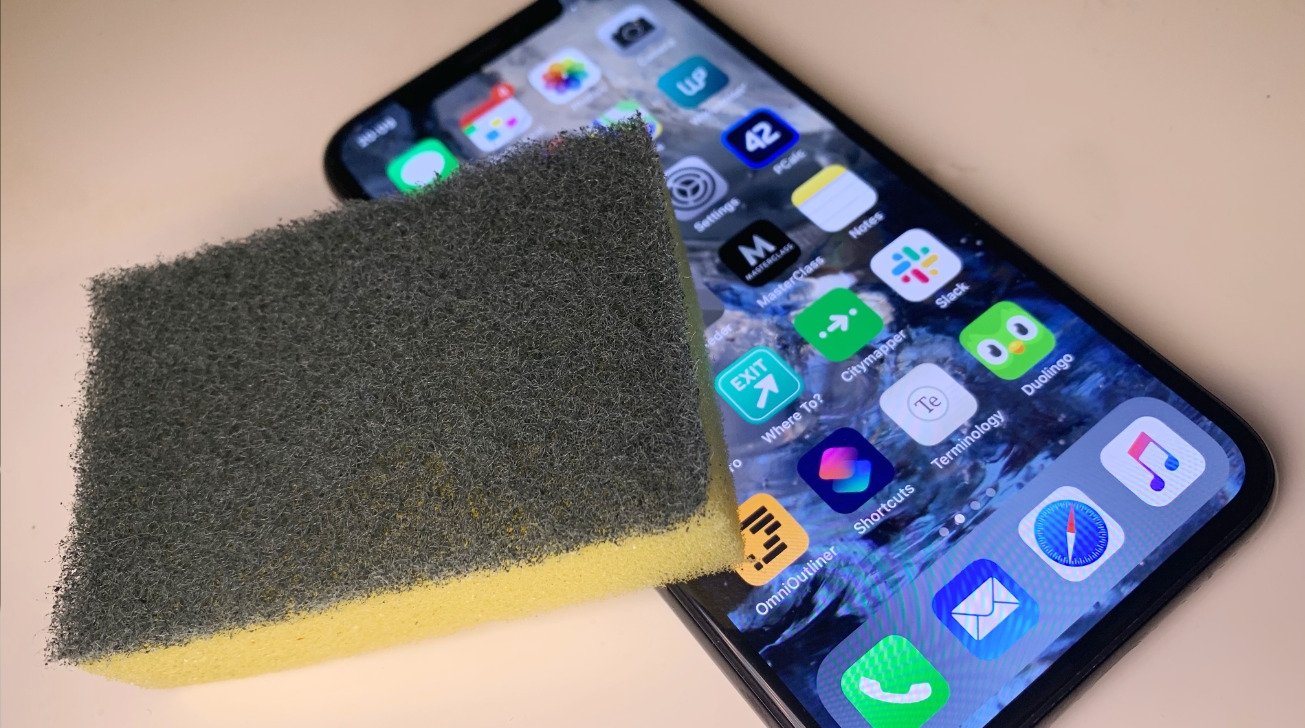
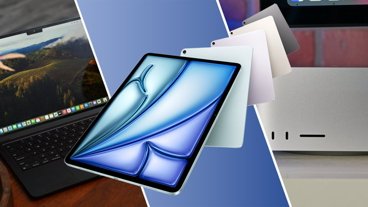


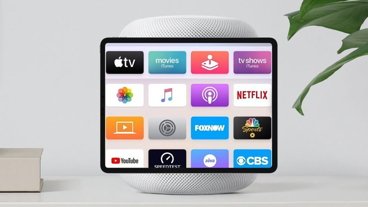
-m.jpg)



 Malcolm Owen
Malcolm Owen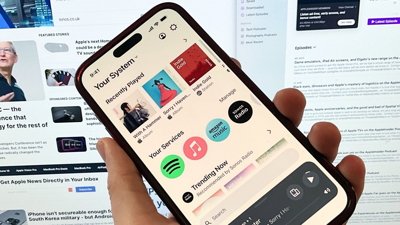
 William Gallagher
William Gallagher
 Amber Neely
Amber Neely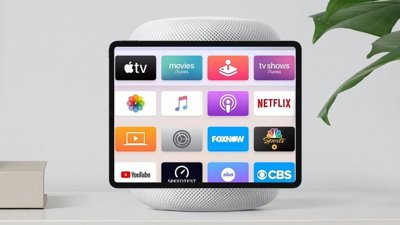
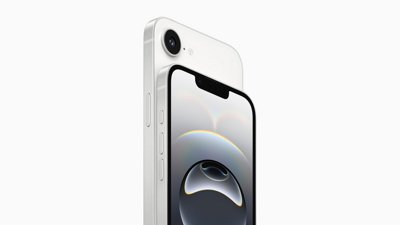
 Andrew Orr
Andrew Orr
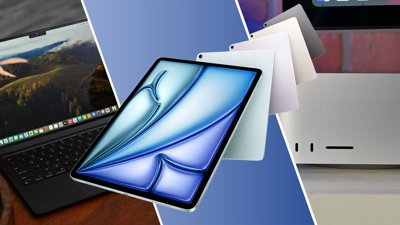
 Christine McKee
Christine McKee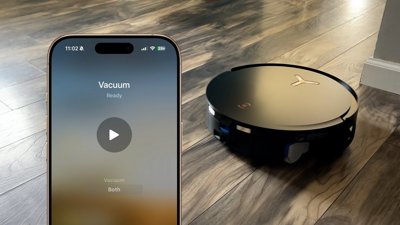
 Andrew O'Hara
Andrew O'Hara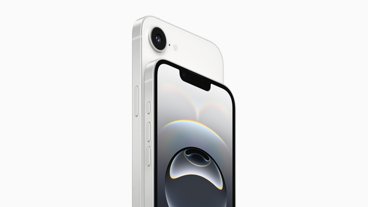



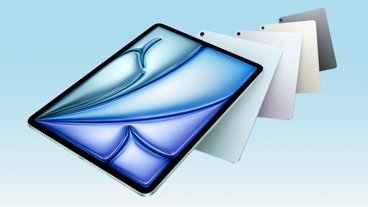

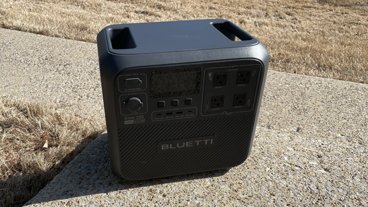

17 Comments
I haven't done this with an iPhone, but with a few other electronics that had a 'beverage' spilled all over it, this has usually worked.
1) Shake it off. (Remove battery if possible)
2) Dunk it in distilled water briefly and shake it off.
3) Dunk it in 99% isopropanol and shake that off.
4) Dry slowly with a blow dryer at arm's length in a well ventilated room.
Probably lay off the sulphuric acid too.
“